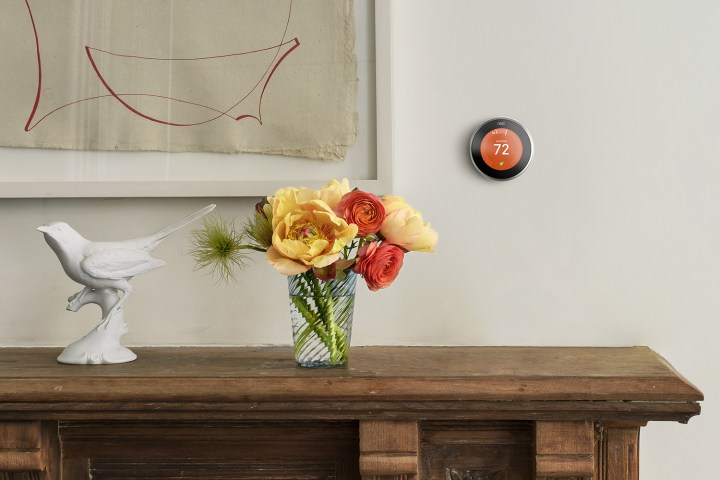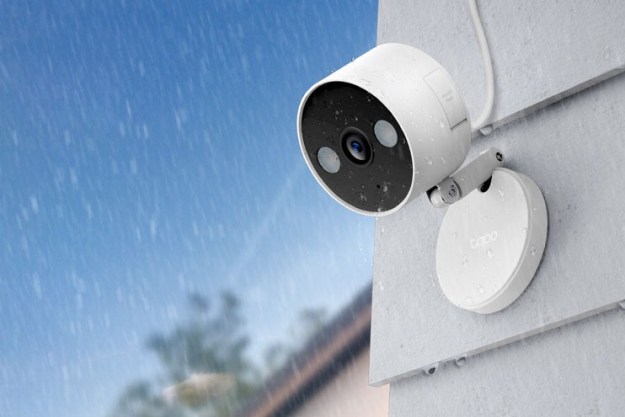
Nest announced a new service called Time of Savings. The program’s basic concept is that you agree to let your electric company communicate with Nest. Nest will then know about and take advantage of peak and off-peak rate fluctuations. As your Nest Thermostat learns your preferences it will do its best to match the settings you prefer with your electric company’s rate changes.
Right now the only people who’ll be able to take advantage of Time of Savings are SolarCity customers. Nest is involved in a promotion with SolarCity in which people who buy SolarCity solar panels get a free Nest Thermostat. Sign up with the Time of Service plan and your electric bills could go down.
If you’re not a SolarCity customer, you don’t need to jump too quickly for the Time of Savings program, because so far only the state of California is requiring that energy companies adjust rates based on time of usage, and it doesn’t take effect until 2019, according to ReCode.
While usage-based rate changes and making that information available to customers (two different steps) make a lot of sense from a consumer’s perspective, there may not be much incentive for utility companies. Time will tell if other states adopt the same requirements.
Once the program is set up, however, the advantages could definitely affect your budget. The Nest announcement explains how Time of Savings could work:
“So if your thermostat sees that you like to cool things down at noon, but that’s when electricity prices spike, it might start cooling the house at 11:30 when energy’s still cheap. Or it can slightly adjust the temperature when you’re in peak pricing periods — never more than a degree or two — so you can save some cash while staying comfortable.”
Perhaps the biggest leap in smart thermostats, and other smart home appliances, occurs is when you don’t have to program anything yourself because the devices can observe what you do and what you prefer and match that information with data from other sources for your comfort, convenience, safety, and even your budget.




